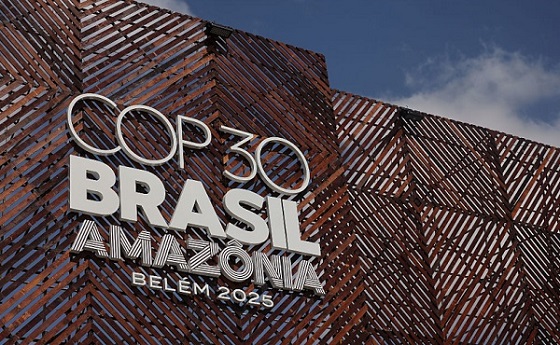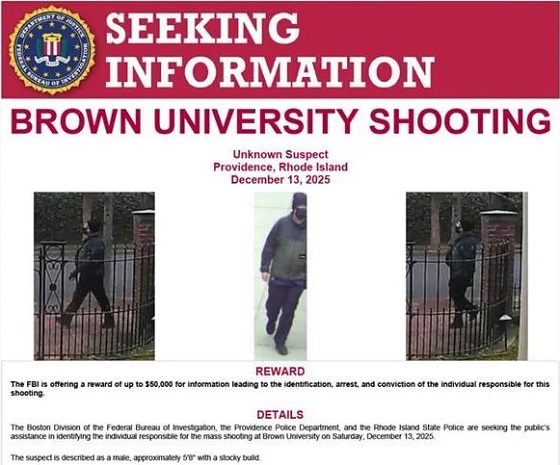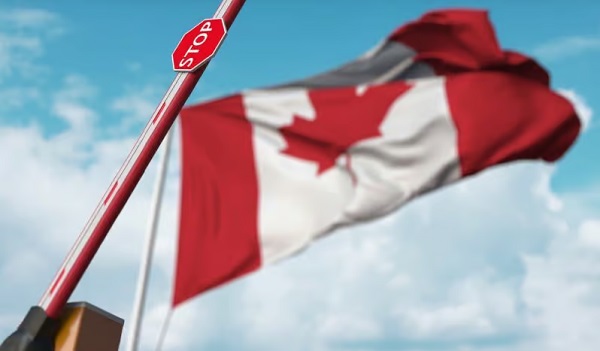Uncategorized
Tsunami set off by volcano sweeps Indonesia coast; 168 dead

JAKARTA, Indonesia — During a busy holiday weekend, a tsunami apparently caused by the eruption of an island volcano killed more than 160 people around Indonesia’s Sunda Strait, sending a wall of water crashing ashore and sweeping away people attending a beach concert along with hundreds of houses including hotels, the government and witnesses said.
More than 700 people have been reported injured since the tsunami hit at 9:27 p.m. Saturday, the Disaster Management Agency said. At least 30 others are unaccounted for.
The disaster could have been caused by undersea landslides from the eruption of Anak Krakatau, a volcanic island formed over years from the nearby Krakatau volcano, scientists from Indonesia’s Meteorology and Geophysics Agency said. They also cited tidal waves caused by the full moon.
Footage posted on social media showed a pop band named “Seventeen” performing for employees from a local electric company under a tent on a beach as dozens of people sat listening at tables covered in white cloths. As bright strobe lights flashed on stage, a child could be seen wandering through the crowd. Then, as the second song was about to begin with the drummer pounding, the stage suddenly heaved forward, throwing the band and all their equipment into the audience.
The band released a statement saying their bass player and road manager were found dead, while three other band members and the wife of one of the performers remained missing.
“The tide rose to the surface and dragged all the people on site,” it said. “Unfortunately, when the current receded our members are unable to save themselves while some did not find a place to hold on.”
Tourists were also affected during the long holiday weekend ahead of Christmas. Australia and New Zealand said they have no information their citizens were among the victims but were continuing to check.
“I had to run, as the wave passed the beach and landed 15-20m (meters) inland,” Norwegian Øystein Lund Andersen wrote on Facebook. The self-described photographer and volcano-enthusiast said he was taking pictures of the volcano when he suddenly saw a big wave come toward him.
“Next wave entered the hotel area where I was staying and downed cars on the road behind it. Managed to evacuate with my family to higher ground trough forest paths and villages, where we are taken care of (by) the locals. Were unharmed, thankfully.”
The worst affected area was the Pandeglang region of Banten province in Java, which encompasses the Ujung Kulon National Park and popular beaches, the disaster agency said. Disaster agency spokesman Sutopo Purwo Nugroho said 168 deaths have been confirmed so far and another 30 people are missing. Also, 745 were injured. He said those numbers may still rise since not all affected areas have been reached.
In the city of Bandar Lampung on southern Sumatra, hundreds of residents took refuge at the governor’s office.
Alif, a resident in Pandeglang district who goes by one name, said told MetroTV station that many people were still searching for missing relatives.
Indonesian President Joko “Jokowi” Widodo expressed his sympathy and ordered government agencies to respond quickly to the disaster.
“My deep condolences to the victims in Banten and Lumpung provinces,” he said. “Hopefully, those who are left have patience.”
The Anak Krakatau volcano in the Sunda Strait that links the Indian Ocean and Java Sea erupted about 24 minutes before the tsunami, the geophysics agency said.
The 305-meter (1,000-foot) -high volcano, about 200
Gegar Prasetya, co-founder of the Tsunami Research Center Indonesia, said the waves were likely caused by a flank collapse — when a big section of a volcano’s slope gives way. He said it’s possible for an eruption to trigger a landslide above ground or beneath the ocean, both capable of producing a tsunami.
“Actually, the tsunami was not really big, only one meter,” said Prasetya, who has closely studied Krakatau. “The problem is people always tend to build everything close to the shoreline.”
Physical losses included 430 heavily damaged homes, nine heavily damaged hotels and 10 heavily damaged vessels. Footage posted by the head of the disaster agency showed the aftermath of flooded streets and an overturned car.
In September, more than 2,500 people were killed by a quake and tsunami that hit the city of Palu on the island of Sulawesi, which is just east of Borneo.
Saturday’s tsunami triggered memories for some of the massive 9.1-magnitude earthquake that hit on Dec. 26, 2004. It spawned a giant tsunami off Sumatra island in western Indonesia, killing more than 230,000 people in a dozen countries — the majority in Indonesia. The vast archipelago of more than 17,000 islands home to 260 million people. Roads and infrastructure are poor in many areas, making access difficult in the best of conditions.
____
Associated Press writer Niniek Karmini contributed to this report.
Ali Kotarumalos And Margie Mason, The Associated Press
Uncategorized
Cost of bureaucracy balloons 80 per cent in 10 years: Public Accounts

The cost of the bureaucracy increased by $6 billion last year, according to newly released numbers in Public Accounts disclosures. The Canadian Taxpayers Federation is calling on Prime Minister Mark Carney to immediately shrink the bureaucracy.
“The Public Accounts show the cost of the federal bureaucracy is out of control,” said Franco Terrazzano, CTF Federal Director. “Tinkering around the edges won’t cut it, Carney needs to take urgent action to shrink the bloated federal bureaucracy.”
The federal bureaucracy cost taxpayers $71.4 billion in 2024-25, according to the Public Accounts. The cost of the federal bureaucracy increased by $6 billion, or more than nine per cent, over the last year.
The federal bureaucracy cost taxpayers $39.6 billion in 2015-16, according to the Public Accounts. That means the cost of the federal bureaucracy increased 80 per cent over the last 10 years. The government added 99,000 extra bureaucrats between 2015-16 and 2024-25.
Half of Canadians say federal services have gotten worse since 2016, despite the massive increase in the federal bureaucracy, according to a Leger poll.
Not only has the size of the bureaucracy increased, the cost of consultants, contractors and outsourcing has increased as well. The government spent $23.1 billion on “professional and special services” last year, according to the Public Accounts. That’s an 11 per cent increase over the previous year. The government’s spending on professional and special services more than doubled since 2015-16.
“Taxpayers should not be paying way more for in-house government bureaucrats and way more for outside help,” Terrazzano said. “Mere promises to find minor savings in the federal bureaucracy won’t fix Canada’s finances.
“Taxpayers need Carney to take urgent action and significantly cut the number of bureaucrats now.”
Table: Cost of bureaucracy and professional and special services, Public Accounts
| Year | Bureaucracy | Professional and special services |
|
$71,369,677,000 |
$23,145,218,000 |
|
|
$65,326,643,000 |
$20,771,477,000 |
|
|
$56,467,851,000 |
$18,591,373,000 |
|
|
$60,676,243,000 |
$17,511,078,000 |
|
|
$52,984,272,000 |
$14,720,455,000 |
|
|
$46,349,166,000 |
$13,334,341,000 |
|
|
$46,131,628,000 |
$12,940,395,000 |
|
|
$45,262,821,000 |
$12,950,619,000 |
|
|
$38,909,594,000 |
$11,910,257,000 |
|
|
$39,616,656,000 |
$11,082,974,000 |
Uncategorized
Trump Admin Establishing Council To Make Buildings Beautiful Again


From the Daily Caller News Foundation
By Jason Hopkins
The Trump administration is creating a first-of-its-kind task force aimed at ushering in a new “Golden Age” of beautiful infrastructure across the U.S.
The Department of Transportation (DOT) will announce the establishment of the Beautifying Transportation Infrastructure Council (BTIC) on Thursday, the Daily Caller News Foundation exclusively learned. The BTIC seeks to advise Transportation Secretary Sean Duffy on design and policy ideas for key infrastructure projects, including highways, bridges and transit hubs.
“What happened to our country’s proud tradition of building great, big, beautiful things?” Duffy said in a statement shared with the DCNF. “It’s time the design for America’s latest infrastructure projects reflects our nation’s strength, pride, and promise.”
“We’re engaging the best and brightest minds in architectural design and engineering to make beautiful structures that move you and bring about a new Golden Age of Transportation,” Duffy continued.
Mini scoop – here is the DOT’s rollout of its Beautifying Transportation Infrastructure Council, which will be tasked with making our buildings beautiful again. pic.twitter.com/
9iV2xSxdJM — Jason Hopkins (@jasonhopkinsdc) October 23, 2025
The DOT is encouraging nominations of the country’s best architects, urban planners, artists and others to serve on the council, according to the department. While ensuring that efficiency and safety remain a top priority, the BTIC will provide guidance on projects that “enhance” public areas and develop aesthetic performance metrics.
The new council aligns with an executive order signed by President Donald Trump in August 2025 regarding infrastructure. The “Making Federal Architecture Beautiful Again” order calls for federal public buildings in the country to “respect regional architectural heritage” and aims to prevent federal construction projects from using modernist and brutalist architecture styles, instead returning to a classical style.
“The Founders, in line with great societies before them, attached great importance to Federal civic architecture,” Trump’s order stated. “They wanted America’s public buildings to inspire the American people and encourage civic virtue.”
“President George Washington and Secretary of State Thomas Jefferson consciously modeled the most important buildings in Washington, D.C., on the classical architecture of ancient Athens and Rome,” the order continued. “Because of their proven ability to meet these requirements, classical and traditional architecture are preferred modes of architectural design.”
The DOT invested millions in major infrastructure projects since Trump’s return to the White House. Duffy announced in August a $43 million transformation initiative of the New York Penn Station in New York City and in September unveiledmajor progress in the rehabilitation and modernization of Washington Union Station in Washington, D.C.
The BTIC will comprise up to 11 members who will serve two-year terms, with the chance to be reappointed, according to the DOT. The task force will meet biannually. The deadline for nominations will end Nov. 21.
-

 Business2 days ago
Business2 days agoGeopolitics no longer drives oil prices the way it used to
-

 Business2 days ago
Business2 days agoDeadlocked Jury Zeroes In on Alleged US$40 Million PPE Fraud in Linda Sun PRC Influence Case
-
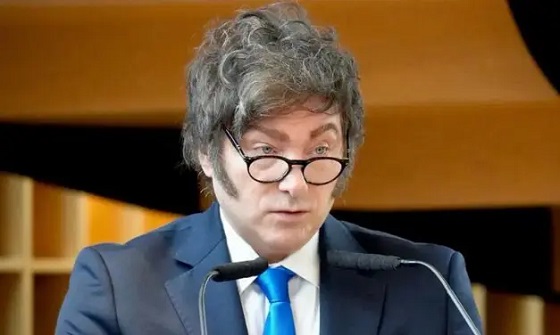
 Business2 days ago
Business2 days agoArgentina’s Milei delivers results free-market critics said wouldn’t work
-
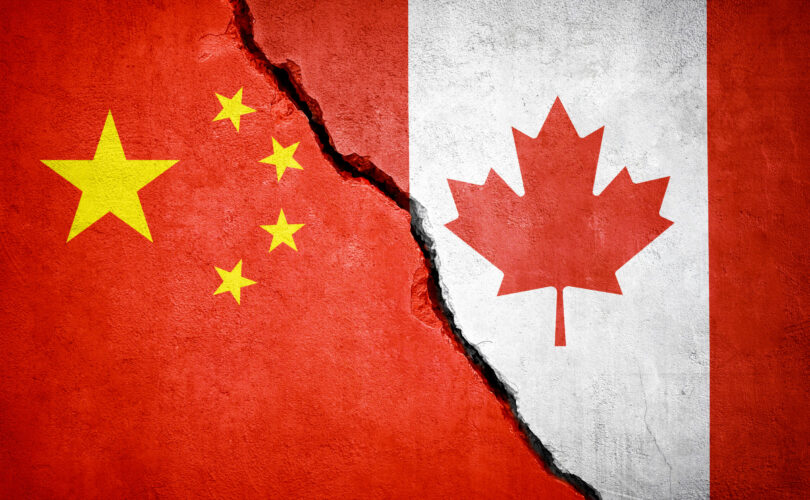
 International1 day ago
International1 day agoOttawa is still dodging the China interference threat
-

 Business1 day ago
Business1 day agoTaxing food is like slapping a surcharge on hunger. It needs to end
-

 COVID-191 day ago
COVID-191 day agoJudge denies Canadian gov’t request to take away Freedom Convoy leader’s truck
-

 espionage1 day ago
espionage1 day agoCarney Floor Crossing Raises Counterintelligence Questions aimed at China, Former Senior Mountie Argues
-

 Energy1 day ago
Energy1 day ago75 per cent of Canadians support the construction of new pipelines to the East Coast and British Columbia





